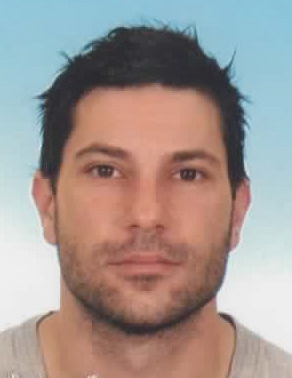 Kontadakis Antonis / Ph.D. Dept. Arch (2021)
Kontadakis Antonis / Ph.D. Dept. Arch (2021)Antonis Kontadakis was born in Athens, Greece, on March 20, 1981. He received the Diploma in Mechanical Engineering from the University of Western Macedonia in 2008 and his MSc degree from Heriot Watt University in 2012. Currently is a PhD candidate in the University of Thessaly, department of Architecture. His research interests include bioclimatic architecture, building energy simulation, daylighting/lighting design & shading strategies.
Daylight transportation systems are devices located near or in the openings of building envelope, whose primary function is to redirect a significant part of the incoming natural light flux to improve interior lighting conditions. However, while the potential use of natural light, in places where the introduction is made through openings, vertical (windows) and/or horizontal (roof openings; atrium's; skylights, etc.) is high, the utilization rate appears to decrease as the distance from the opening into the interior space increases. The most important factors that influence the effectiveness and adequacy of daylight penetration in interior spaces is the depth of space; the size and position of the openings; the glazing system, etc. Therefore it is observed that in some cases, the core of the building (building core), particularly in office buildings whose areas are located at a distance from its perimeter, in combination with the high requirements for visual and thermal comfort, daylight penetration requires the use of sophisticated transportation and distribution systems (advanced/core daylighting systems) and a conventional ways and techniques not considered sufficient for efficient coverage of these. Being more complex than conventional daylighting systems, core systems typically include solar panels (concentration systems) with or without the use of tracking systems of the sun (solar tracking systems) in combination with a light transport system which may be a reflector (typically a mirror or a light pipe) and ultimately leads to a disposal system, which has either the role of the luminaire (terminal solar luminaires) either acts as means of diffusion and dispersion (diffuse light) of light with the main objective to replace part of the energy requirements for artificial lighting and the creation of wellness feeling and increasing user productivity.
kontadakis arch.uth.gr
arch.uth.gr
